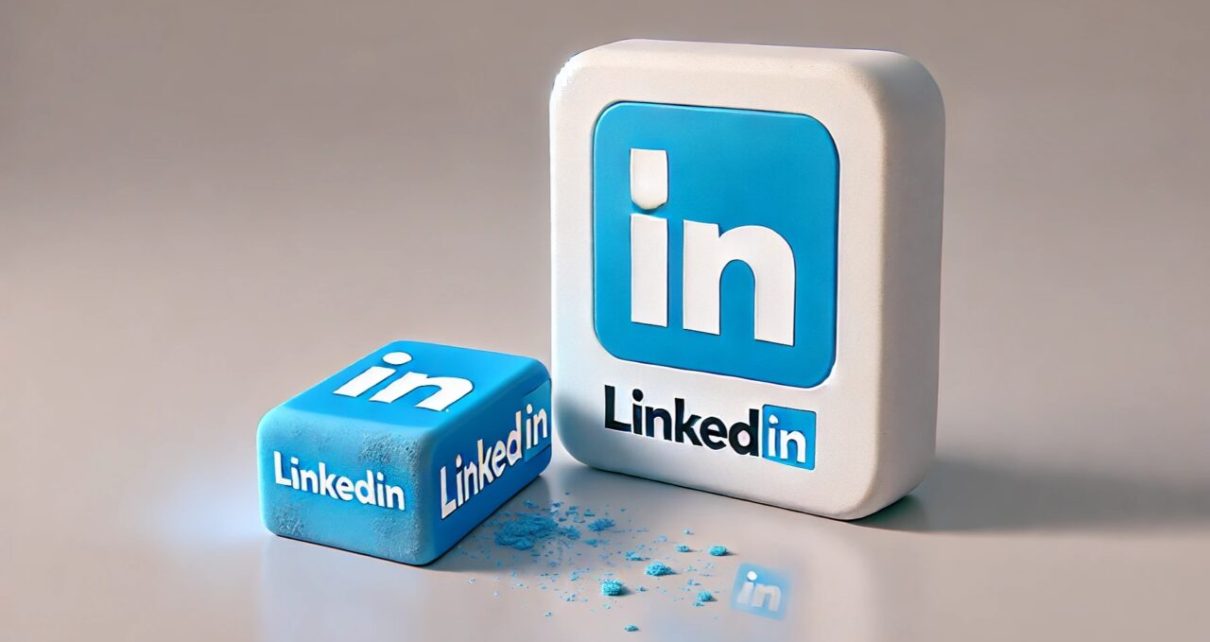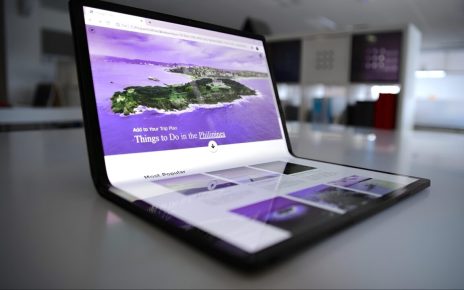Introduction to LinkedIn and the removed feature
LinkedIn, the go-to platform for professionals seeking connections and career growth, has recently stirred up quite a buzz. The news is out: LinkedIn has pulled the plug on one of its most beloved features! Users are left wondering what this means for their networking efforts and professional development. As we dive into the details surrounding this change, we’ll unpack what made this feature so popular and explore how its removal might reshape the LinkedIn landscape. Buckle up; it’s time to navigate these uncharted waters together.
What was the feature and why was it popular?
One of LinkedIn’s most beloved features was the “LinkedIn Stories.” This ephemeral content format allowed users to share glimpses of their professional lives through short videos and images. It provided an engaging way to connect with colleagues, clients, and industry peers.
The appeal lay in its authenticity. Users felt empowered to showcase behind-the-scenes moments or quick updates without the pressure of crafting a perfect post. It encouraged creativity and spontaneity, making networking feel more personal.
Additionally, Stories catered well to younger professionals seeking relatable content. The ability to interact via polls or questions fostered community engagement, allowing for meaningful conversations that extended beyond traditional posts.
As a result, many users found themselves captivated by this feature. It transformed how they communicated on the platform and helped build stronger connections across various industries.
The impact of the removal on LinkedIn users
The removal of this popular feature has left many LinkedIn users feeling unsettled. For countless professionals, it was a vital tool for networking and showcasing achievements. Its absence disrupts established routines.
Users who relied heavily on the feature now face challenges in connecting with peers and potential employers. Job seekers especially feel the void; they often used it to enhance visibility in a competitive market.
For businesses, the impact is equally significant. Marketers valued the analytics provided by the feature for refining their strategies. With its elimination, companies must rethink their approach to engagement and outreach.
Some users are experimenting with alternative methods to fill the gap, but adaptation can take time. The shift may lead to new trends as people search for innovative ways to maintain connections without relying on what once was an essential part of LinkedIn’s platform.
Alternatives for those who relied on the feature
With the removal of the popular feature, many users are left searching for alternatives. Thankfully, there are several options to fill that void.
One immediate replacement is Facebook Groups. They offer robust community engagement and networking opportunities similar to what LinkedIn users valued in the removed feature.
For professionals seeking industry insights, platforms like Reddit have niche subreddits tailored to various professions. These communities can be great for sharing knowledge and experiences.
Another option is Slack channels dedicated to specific fields. These provide real-time conversation spaces where ideas can flow freely among peers.
Additionally, you might consider utilizing Discord servers that focus on professional development or skill-sharing sessions.
Transitioning isn’t always easy, but exploring these alternatives could help maintain valuable connections and keep your network thriving despite changes on LinkedIn.
Opinions from industry experts and professionals
Industry experts have voiced a range of opinions on LinkedIn’s recent decision. Some view it as a necessary evolution in the platform’s strategy, arguing that streamlining features can enhance user experience. They believe this will allow for more focused networking opportunities.
Others are less optimistic. Several professionals express concern about losing valuable tools that aided in connecting with potential clients and collaborators. The community thrived on these features, which facilitated genuine interactions.
Marketing specialists warn that removing popular elements might alienate users who feel disconnected from their professional growth pathways. They emphasize the importance of maintaining engagement to foster loyalty among members.
Freelancers and job seekers specifically highlight how the feature catered to their needs, providing unique visibility. For them, it was not just another tool; it was essential for building relationships within their industries.
What does this mean for the future of LinkedIn?
The removal of this popular feature raises questions about LinkedIn’s direction. As the platform evolves, it may shift its focus to more essential functionalities that cater directly to user needs.
This move could signal a desire for simplification amid an increasingly crowded social media landscape. Users might see a leaner interface emphasizing core networking and job-seeking capabilities.
Adapting quickly is vital for LinkedIn. It must listen closely to feedback from professionals who rely on various tools for engagement and growth.
Emerging technologies, like AI-driven recommendations or enhanced analytics features, could fill the gap left by discontinued options. The future may also hold increased emphasis on personalized experiences tailored to individual career paths.
Such changes can redefine how users connect professionally, paving the way for innovative approaches in networking and collaboration on the platform.
Conclusion: How to adapt to changes in social media platforms
Navigating the ever-changing landscape of social media can be challenging. As LinkedIn has pulled the plug on a popular feature, users must stay alert and adaptable. Embrace new tools and features that may arise, while also exploring alternative platforms for networking or job searching.
Engagement with your network is crucial. Continue to share valuable content and interact meaningfully with others in your industry. This keeps you visible and relevant despite shifts in platform offerings.
Consider diversifying your online presence across different social media channels. By doing this, you can mitigate the impact of any future changes from a single platform like LinkedIn. Knowledge is power; staying informed about trends will help you pivot when necessary.
Each change presents an opportunity for growth and innovation in how we connect professionally. Adapting to these changes not only enhances personal resilience but also fosters ongoing career development amidst uncertainty.



